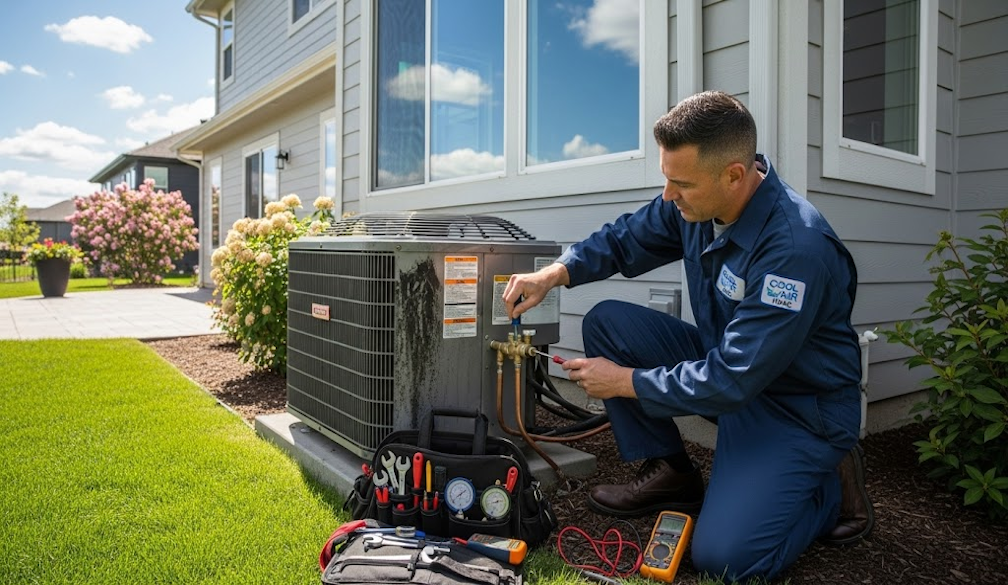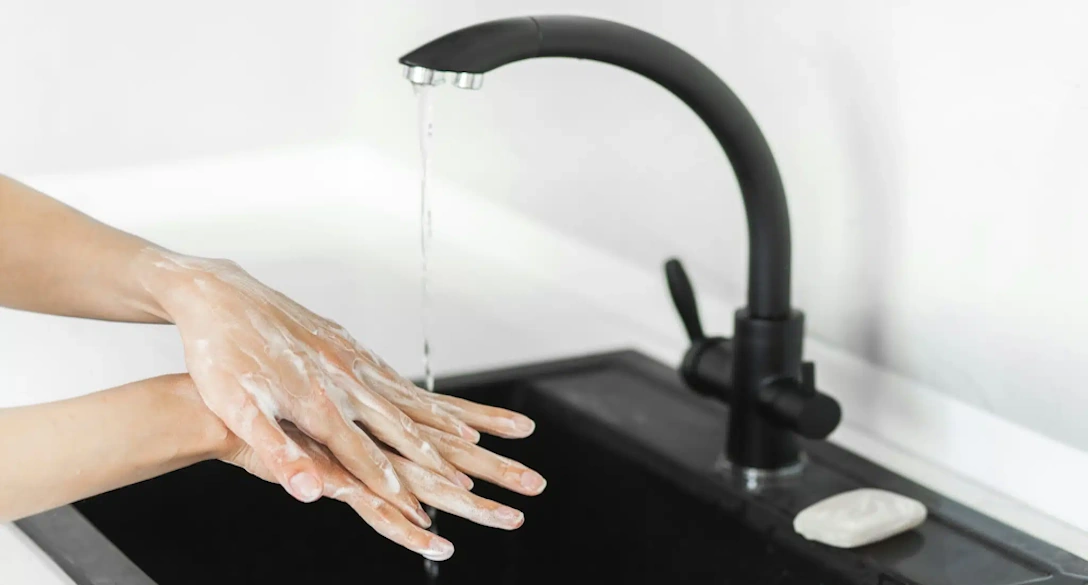Why is the soap scum in my bathroom pink? Is it mould? And can it make me sick?
- Written by Michael Taylor, Adjunct academic, mycology, Flinders University
How long has it been since you last cleaned your bathroom? If it’s been longer than you planned, you might see a build up of scum, slime or mould around your taps, between the tiles and on the edges of the bath or shower floor.
But why is this sometimes pink or orange? And can this pink slime make us sick?
Sometimes it’s mould
In some instances, the pink slime may be a microfungi (also called a mould) named Rhodotorula.
Rhodotorula is a yeasty little fungus that makes sticky red stains appear on plastics and other wet items left in storage too long, including your toothbrush.
The first part of it’s name, “Rhodo”, refers to its red appearance in nature and comes from the Greek work for rose. It can be found pretty well everywhere, including on and in the wet bits of your skin, as it thrives in humid nooks and crannies.
Most microbes need large amounts of nitrogen to survive. But Rhodotorula is excellent at scavenging nitrogen from its environment. It can survive with a fraction of the typical amount of nitrogen in its cells compared with other microbes.
This nitrogen scavenging allows it to persist in hostile and nutrient-poor environments, such as between your tiles where other microbes would starve. It also means it can pack itself full of lipids and nutrients when times are good, like gloopy little protein pills to survive the lean times.
Rhodotorula doesn’t pose a big risk for healthy people, but it can cause infection for those with weakened immune systems, such as patients hospitalised with catheters.
More commonly, it’s bacteria
The second and more likely candidate for pink scum in your bathroom is a bacteria called Serratia marcescens, another microbe that prefers to multiply in the damp and humid conditions found in bathrooms and laundries.
It’s also a scavenger of nutrients but in this case it scavenges phosphorous, a key component of DNA.
We’ve tried to reduce the amount of phosphates in detergents and soaps as they degrade waterways, but Serratia is excellent at wringing what little remains out of soap scum, or just happily living directly in liquid soap itself, while turning everything pink in the process.
Serratia was once a laboratory research tool. Scientists would puff clouds of the bacteria into the air or splatter it around to predict how a more dangerous bacteria might disperse. Serratia’s scarlet colouring made it easy to spot in lab tests.
But since then, Serratia has been recognised as an emerging pathogen. This means it’s an infectious agent we’ve only recently realised can cause illness, or we’ve only just worked out is actually the cause of a disease.
Serratia now ranks in the top ten most common causes of becteremia: bacteria in the blood. This starts with an infection, leading to sepsis, hospitalisation and sometimes death.
Serratia infections can start in a range of different ways: as a pneumonia, in the urinary tract, or from cuts and wounds. It can cause fever, chills and fatigue, and can be tough to treat due to antibiotic resistance.
Most people exposed to Serratia either won’t get sick or will develop only a mild infection. This may look like a cut that takes a long time to heal, or a phleghmy cough that hangs around but eventually goes away.
The US Army conducted studies where soldiers were exposed to concentrated clouds containing millions of Serratia and after a mild fever and chills, all subjects had recovered after four days.
A study over ten years in Canberra estimated the incidence of Serratia infections as 1.03 per 100,000 people, with similar rates of about 0.9 per 100,000 in Canada. So, in a given year about one person per 100,000 will get an infection from Serratia, which is roughly 2,800 people per year in Australia.
Most serious infections from Serratia occur in hospitals among people at a higher risk of infection because they’re immunocompromised, elderly or have other health conditions.
In a particularly chilling illustration of this, there have been hundreds of case reports of babies contracting Serratia infections in hospitals. In a 2005 outbreak of 159 babies in Gaza, almost half died.
What can you do about pink slime in your bathroom?
Although it’s impossible to live in a sterile environment, there are some simple things you can do to reduce the presence of these microorganisms in your home.
Drying wet areas can go a long way to slowing these critters down, as bacteria and mould need moisture to grow well.
Cleaning with detergents or disinfectants is very effective and is most successful after first removing soil and other debris. Don’t just spray bleach onto the muck and hope for the best; you’re better to scrub, wipe and then disinfect.
Or better yet, clean every two to three weeks (depending on how many kids, pets and roommates you have) to stop gunk building up and to starve these microbes of food.
Wearing dish-washing or disposable gloves during cleaning is a good way to reduce exposure, followed by washing your hands thoroughly with soap and water, and drying them.
Authors: Michael Taylor, Adjunct academic, mycology, Flinders University



















